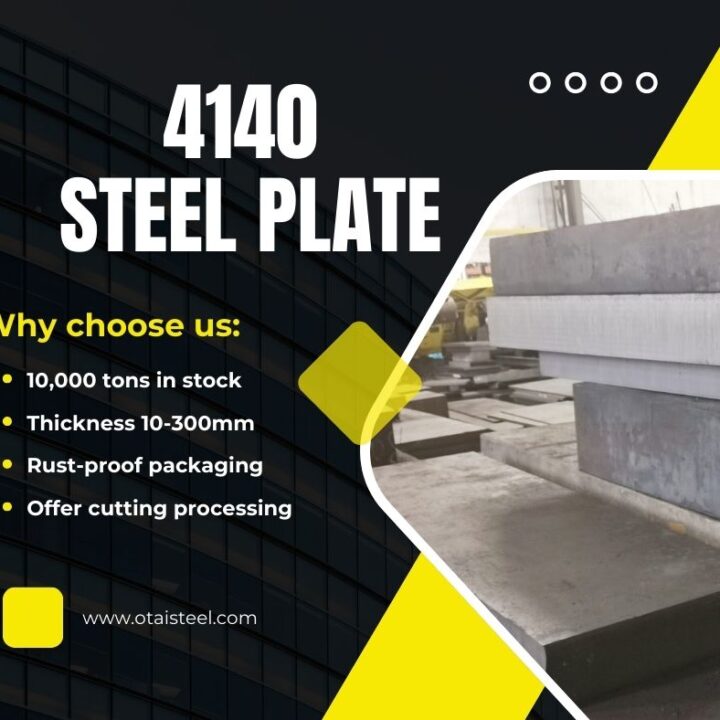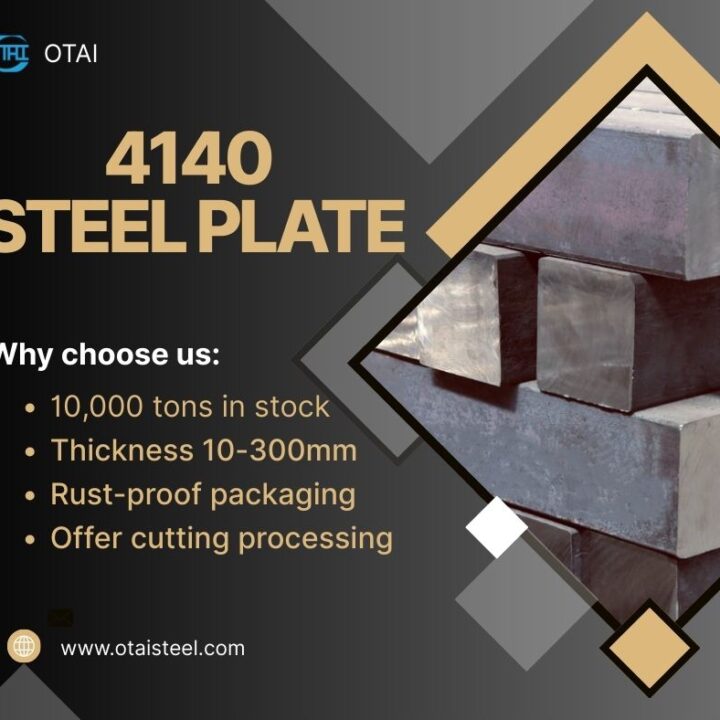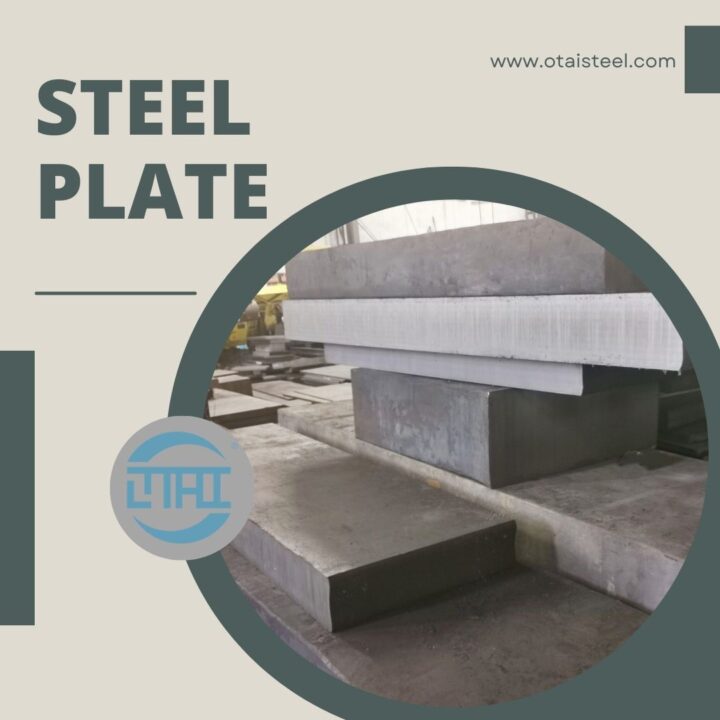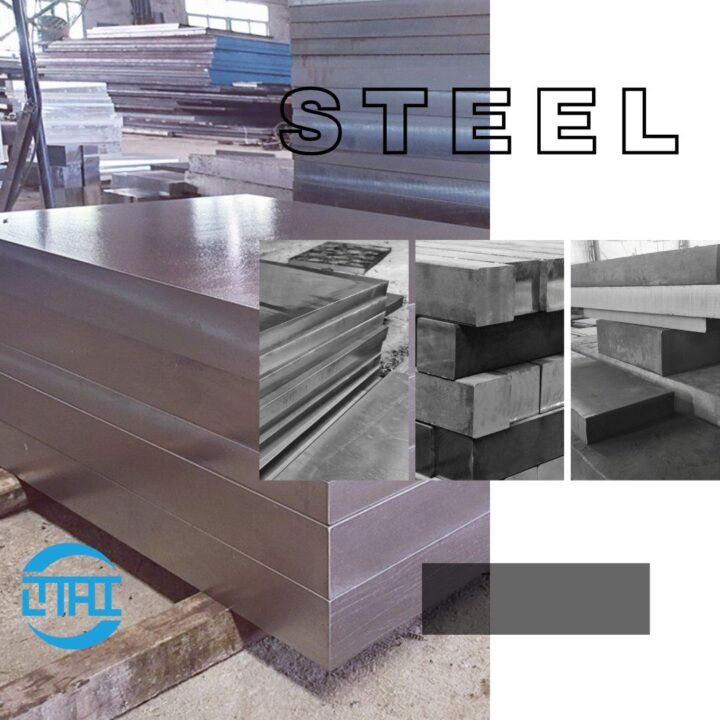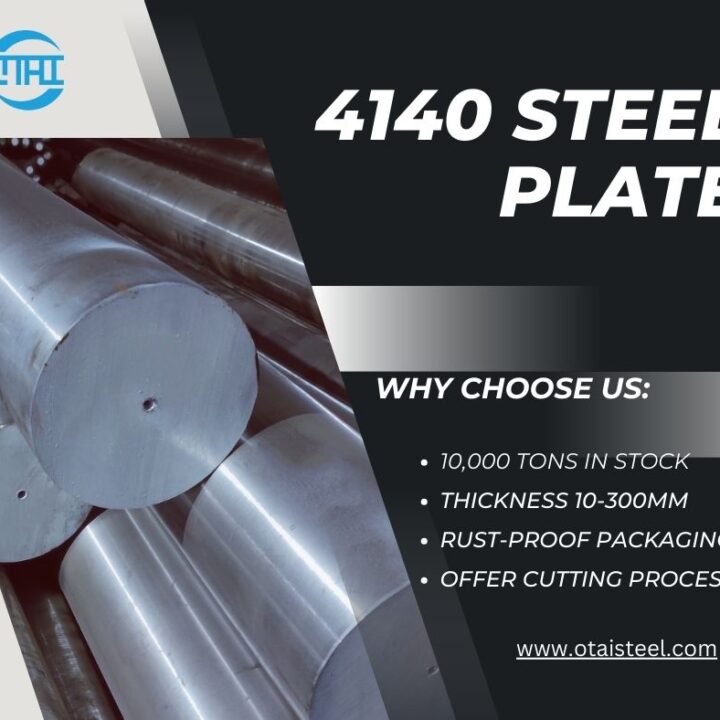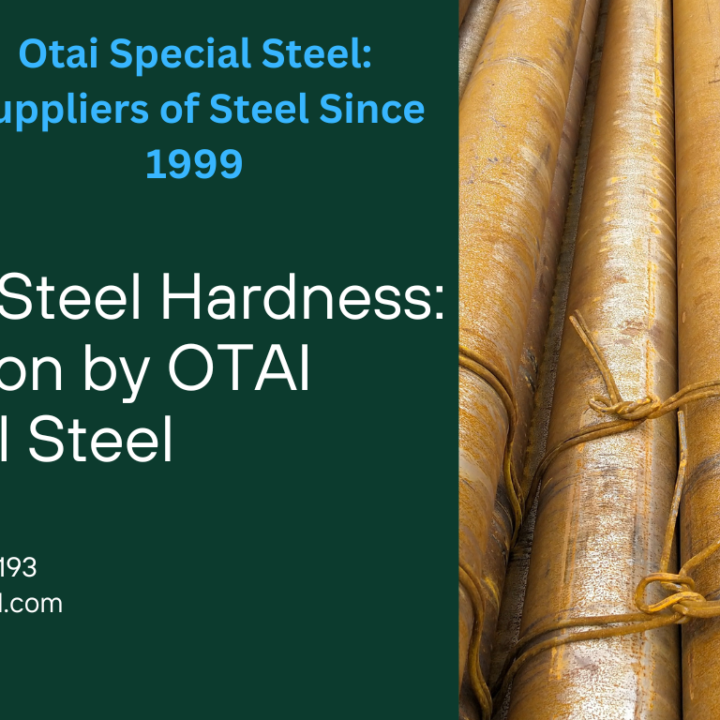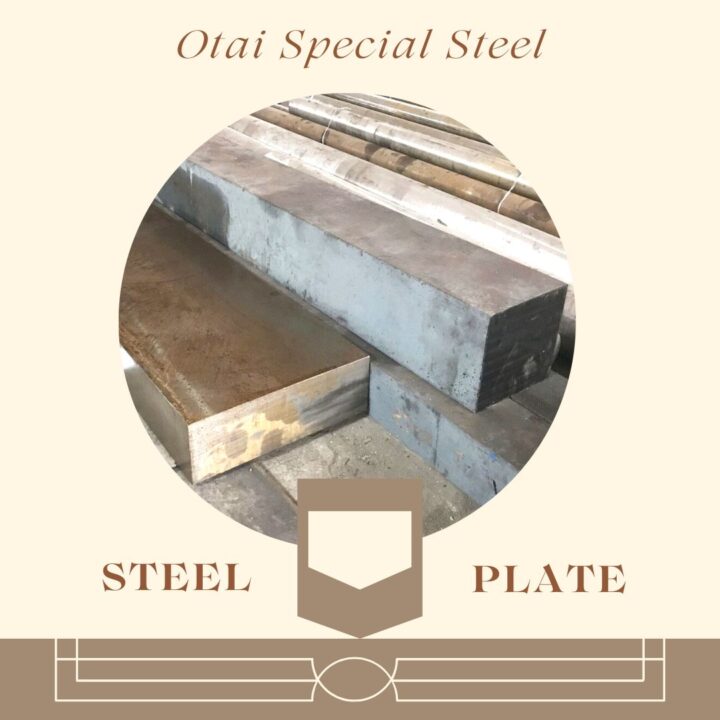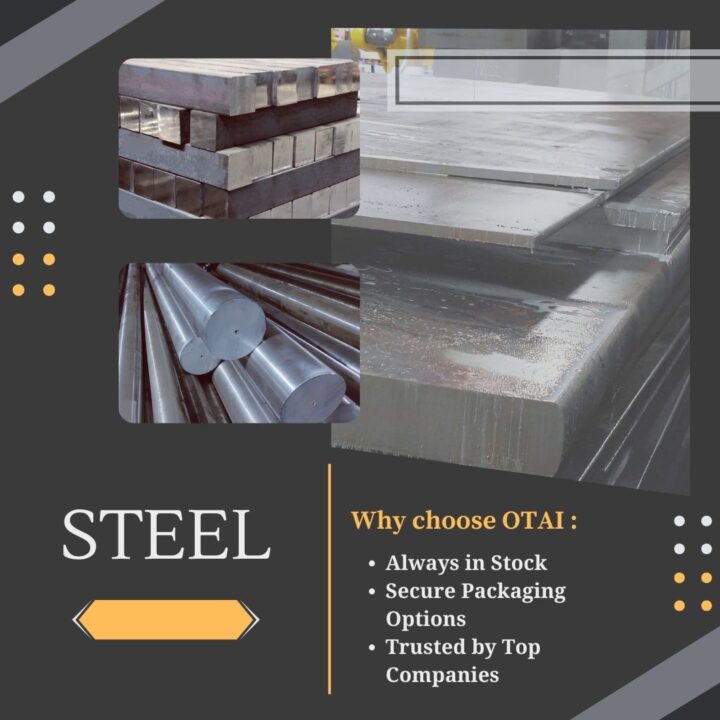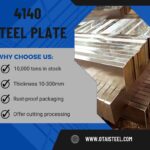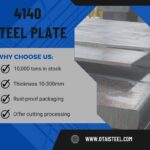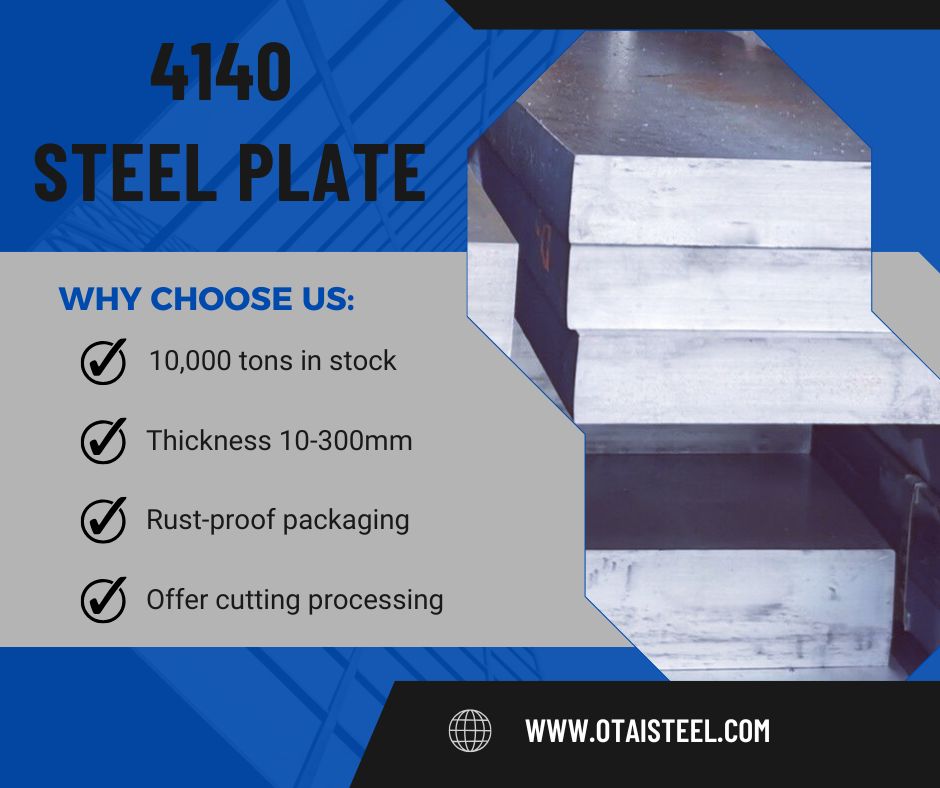 4140 Steel Quenched and Tempered: Strength, Toughness, and Performance
4140 Steel Quenched and Tempered: Strength, Toughness, and Performance
When it comes to balancing strength, toughness, and wear resistance, 4140 steel quenched and tempered is a go-to choice for engineers, machinists, and manufacturers. This versatile alloy steel undergoes a specific heat treatment process that significantly boosts its mechanical performance, making it ideal for high-stress applications such as gears, shafts, bolts, and hydraulic components.
In this guide, we’ll dive deep into what quenching and tempering 4140 steel actually means, how it changes the steel’s microstructure, and why it’s so popular across industries. We’ll also share practical machining tips, hardness ranges, and real-world examples to help you choose the right material for your project.
🌟 What Does “Quenched and Tempered” Mean for 4140 Steel?
Quenching is a heat treatment step where the steel is heated to a high temperature—usually around 850–870°C (1560–1600°F)—to transform its internal structure into austenite. Then, it’s rapidly cooled in oil or water to lock in a hard, martensitic structure.
While this gives the steel exceptional hardness, it also makes it brittle. That’s where tempering comes in. Tempering involves reheating the quenched steel to a lower temperature—typically 400–650°C (750–1200°F)—to relieve stresses and adjust the hardness-toughness balance.
This process results in a tough yet strong steel that resists wear, fatigue, and impact damage, all while maintaining good machinability.
📊 Typical Mechanical Properties of Quenched and Tempered 4140 Steel
| Property | Typical Range After Q&T |
|---|---|
| Ultimate Tensile Strength (UTS) | 850–1100 MPa (123–160 ksi) |
| Yield Strength | 655–950 MPa (95–138 ksi) |
| Rockwell Hardness (HRC) | 28–38 HRC (depending on tempering temperature) |
| Elongation | 15–25% |
| Impact Toughness (Charpy V-Notch) | Good (varies by heat treatment) |
These values can shift depending on the exact tempering temperature used. Higher tempering temperatures lower hardness but improve toughness—lower temperatures do the opposite.
🔍 Why Choose Quenched and Tempered 4140 Steel?
-
Excellent strength-to-weight ratio – Ideal for parts that need high strength without excessive mass.
-
Wear resistance – Great for sliding or rotating components under heavy loads.
-
Impact toughness – Handles sudden shocks without fracturing.
-
Good machinability – Easier to machine than ultra-hard tool steels.
-
Versatile hardness control – You can tailor hardness via tempering temperature.
Industries love it for parts like drill collars, crankshafts, high-strength bolts, and connecting rods—all of which benefit from its unique property mix.
🛠️ Heat Treatment Steps for 4140 Steel Quenching and Tempering
1. Preheating
Before hardening, 4140 steel is preheated in two stages—first at 400–500°C (750–930°F), then at 600–650°C (1110–1200°F)—to prevent thermal shock.
2. Austenitizing
The steel is heated to the critical temperature range of 850–870°C (1560–1600°F) until fully austenitic.
3. Quenching
Rapid cooling is done in oil (most common) or polymer solutions. Water quenching is less common because it increases the risk of cracking.
4. Tempering
The quenched steel is reheated to 400–650°C (750–1200°F) for 1–2 hours per inch of thickness, then air cooled.
⚙️ Machining Tips for Quenched and Tempered 4140 Steel
Even though Q&T 4140 is strong, it still machines well compared to harder tool steels. Here are some tips:
-
Use carbide tooling for extended tool life.
-
Reduce cutting speeds slightly compared to annealed 4140.
-
Ensure good coolant flow to prevent workpiece overheating.
-
For threading or tapping, use sharp, coated tools to handle the hardness.
📦 Applications of Quenched and Tempered 4140 Steel
-
Gears and pinions – Wear-resistant under heavy load.
-
Hydraulic shafts – High strength with good fatigue resistance.
-
Crankshafts and camshafts – Withstand cyclic stress.
-
High-strength bolts and studs – Maintain preload without failure.
-
Mining equipment – Handles abrasive environments.
🧪 How Quenching & Tempering Affects Microstructure
The process transforms the microstructure into tempered martensite, which combines the high strength of martensite with the improved toughness of tempered steel. This is why 4140 quenched and tempered steel offers such a balanced performance profile.
🏭 Why Choose Otai Special Steel
At Otai Special Steel, we provide a massive inventory of 4140 steel in various forms, including pre-hardened plates, Q&T bars, and custom-cut blanks. Our advantages include:
-
✅ Over 10,000 tons of stock all year round
-
✅ Customized cutting and heat treatment
-
✅ UT-tested quality with third-party inspection options (SGS, etc.)
-
✅ Competitive prices and fast global shipping
-
✅ Technical support for material selection and machinability consultation
We’re proud to serve global giants like Thyssenkrupp, Borealis, and Schlumberger, providing stable, high-quality supply for every project.
❓ FAQ
Q1: What hardness can I expect from quenched and tempered 4140 steel?
A1: Usually between 28–38 HRC, depending on the tempering temperature.
Q2: Can 4140 Q&T be welded?
A2: Yes, but preheating and post-weld heat treatment are recommended to avoid cracking.
Q3: Is oil quenching better than water quenching for 4140?
A3: Yes, oil quenching is safer and reduces the risk of distortion or cracking.
Q4: Can I machine it after Q&T?
A4: Yes, but expect higher tool wear compared to annealed 4140.

